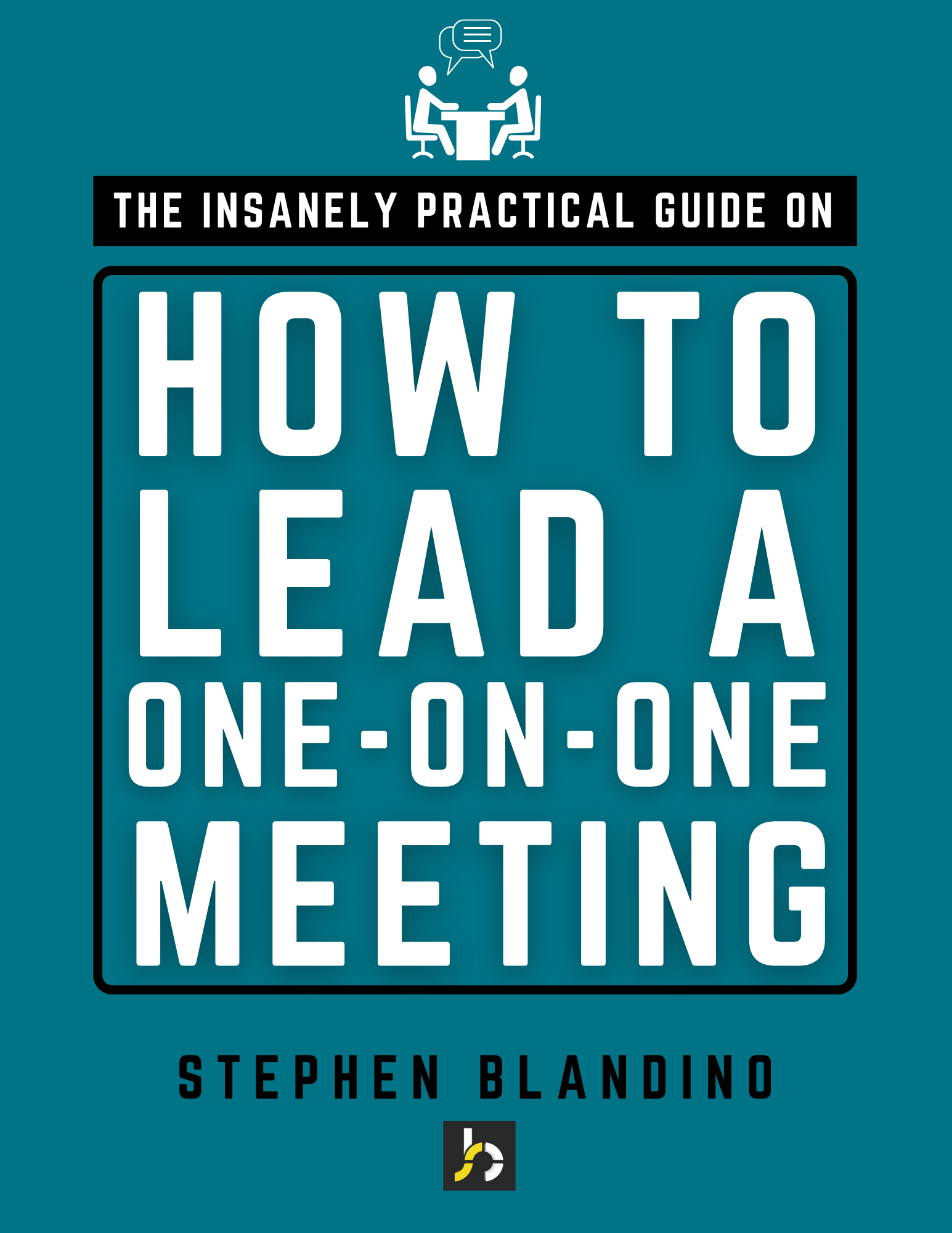One of the challenges non-profits deal with is the preservation of the institution over the pursuit of their mission. Every program begins as a solution to a problem or an answer to a need. But over time, it’s very easy to focus on preservation and lose sight of the reason for which the program or organization was started in the first place. When this happens, bureaucracy is standing tall and has hijacked the keys to organizational progress and employee engagement.
[callout]Featured Download: Get your FREE copy of my resource, Organizational Culture Assessment & Action Guide. Click Here to Download. [/callout]
Peter Drucker made a poignant observation about this deadly temptation, noting that non-profits can easily succumb to bureaucratic red tape and lose its passion for the mission. He writes:
“Non-profits are prone to become inward-looking. People are so convinced that they are doing the right thing, and are so committed to their cause, that they see the institution as an end in itself. But that’s a bureaucracy. Soon people in the organization no longer ask: Does it service our mission? They ask: Does it fit our rules? And that not only inhibits performance, it destroys vision and dedication.”
Every policy, decision, and action needs to be preceded by one question: Does this drive us closer to the fulfillment of our mission? Drucker observes, “It should start with the end results, should focus outside-in rather than inside-out.”
It’s so easy to slip into a mindset of preservation and bureaucracy. After all, they create safety, security, and protect the status quo. But non-profits that truly deliver the greatest impact are those who are willing to change, adjust, reinvent, and freshly innovate in order to see their mission achieved. Don’t organize for yesterday. Don’t think inside-out. Stay true to your mission by innovating solutions that put your mission in reach today. And before you think your new idea is the final solution, remember this: Your new idea today is tomorrow’s bureaucratic barrier. Everything has a shelf life. Only the mission endures.
So how do you keep bureaucracy and self-preservation from derailing your organization? What does it take to stay true to your mission? Here are seven suggestions to keep bureaucracy from sapping the life (and the future) out of your church or non-profit.
1. Expect, Foster, and Reward a Learning Culture – Learning should not be something delegated to one department in the church or organization. Everyone should be a lifelong learner, and learning should be shared cross departmentally. Without an aggressive organizational learning posture, things will quickly descend into turf wars, silos, and preservation of programs and ideas that have already run their course. So how do you know if you have a learning culture?
- Everybody at every level is on a self-directed personal growth plan
- Innovation is rewarded
- Programming and performance is measured
- Personnel, programs, and organizational purpose are regularly evaluated
- Trust is fostered
- Conflict is not avoided
2. Keep the Rule Book Slim and Let Trust Win the Day – Some people love policies and rule books. Personally, I hate them. Too often policies are created because one or two people did something they shouldn’t have done and now the rest of us get to pay for their stupidity. Rather than dealing with the person who messed up, we put handcuffs on everybody. This is demoralizing.
I’m not suggesting that we “go light” on integrity or ethics. There must be a high standard for integrity or else the organization will destroy itself. There must be appropriate policies in place to ensure safety and that the law is not being violated. But keep the rule book slim. Don’t create a policy for everything. When you do, you train your team members to look for the loopholes…and every policy has its loophole.
A good principle to remember is that every rule created is one more reason for me to believe that you don’t trust me. That’s a discouraging premise to work under. Keep the rule book slim and let trust win the day. Deal quickly with people who misuse their power, influence, and authority. But don’t operate from a basis of rules…operate from a basis of trust.
3. Practice the Platinum Rule – While we want to keep the rule book slim, there is one rule that should be front and center–The Platinum Rule: Treat others the way they want to be treated. This simple act builds respect and deepens employee engagement. Anytime you can enhance employee engagement, you’re moving the organization further and further away from bureaucracy.
4. Listen and Make it Easy to be Heard – It’s amazing how you feel when somebody takes time to listen to you. Being heard communicates that you care and that your opinions count. Most people don’t expect you to carry out all of their ideas, but they do expect you to at least listen to their ideas. Failure to listen enforces a top-down mentality and prevents golden ideas in the pockets of front line team members from surfacing to the top of the organization. Bureaucracy tends to creep into an organization when an “us against them” mentality develops.
5. Make Systems and Processes Simple – An organization’s systems and processes lead to specific behaviors among employees. When systems are cumbersome and complicated, frustration builds. Learn to simplify things. Ask yourself:
- How much paperwork does it take to get things done in our work environment?
- How difficult is it to get things approved?
- Where do new ideas most frequently die in our system?
- What systems actually impede progress and demoralize team members?
- What exists in our various systems that ignores common sense?
Remember, policies should serve the people, not the other way around. The moment people are bound to policies that inhibit progress, bureaucracy will grow roots in the organization.
6. Delegate Authority – When you give away power and authority, you convey trust, expand skills, and create greater ownership. All of these qualities are the exact opposite of bureaucratic environments. Delegate decision-making authority so that the system doesn’t bottleneck with you. As the old saying goes, push decision-making to the lowest level in the organization. When you do, bureaucracy gets booted out of the system.
7. Celebrate Finding Ideas, Not Just Having Ideas – Jack Welch once said, “You have to celebrate finding an idea rather than having it.” There is a load of wisdom in that statement. Too many leaders believe they have to come up with the idea themselves. That’s non-sense. It shouldn’t matter where in the organization (or outside the organization) the idea came from. If I’m more concerned about “having ideas,” I’ll put bureaucratic red tape in place that prevents you from sharing winning ideas. But when I focus on “finding ideas,” the red tape gets thrown in the trash and the best ideas bubble up to the surface.
To learn more about creating a healthy culture, check out my new book, Creating Your Church’s Culture on Amazon or Kindle.
[callout]Featured Download: Get your FREE copy of my resource, Organizational Culture Assessment & Action Guide. Click Here to Download. [/callout]
Question: What other ideas can you share to keep bureaucracy from taking over your organization?








